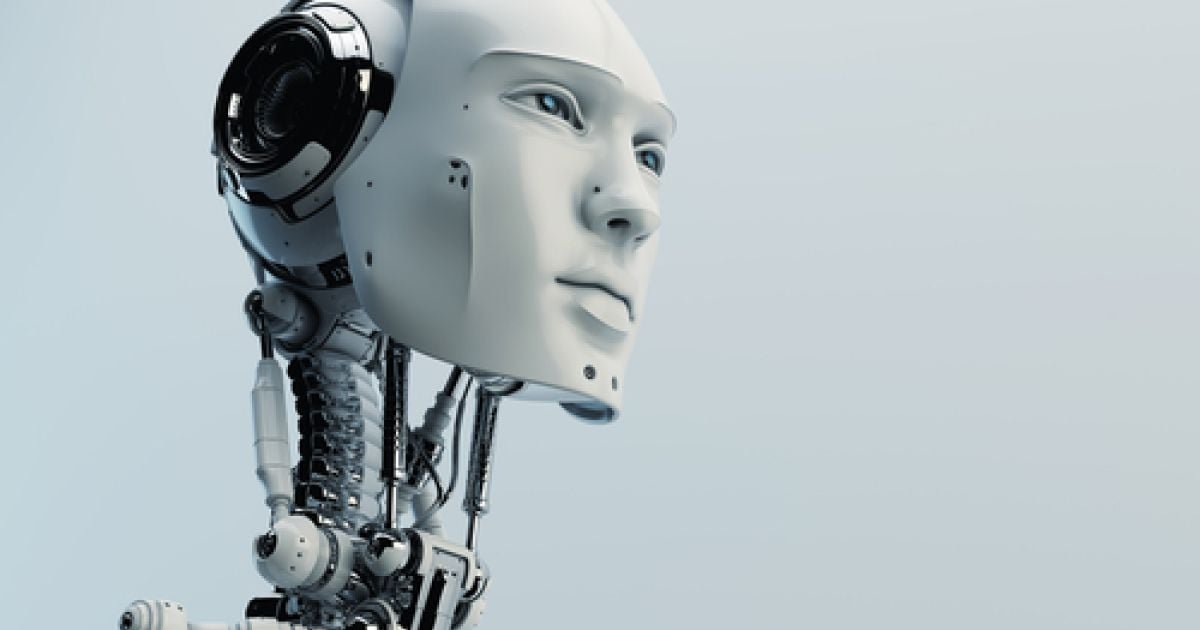An OpenAI spinoff has introduced groundbreaking advancements in robotics, allowing robots to learn tasks with a human-like approach. By leveraging sophisticated AI models, these robots can now understand and execute tasks after just one demonstration, marking a significant leap towards more intuitive and flexible robotic systems.
Key Highlights:
- The development of a robotics system trained entirely in simulation, capable of learning new tasks from a single demonstration.
- Utilization of one-shot imitation learning, enabling robots to mimic tasks performed by humans in VR.
- The system comprises two neural networks: a vision network for object recognition and an imitation network for task execution.
- Implementation of human feedback in training, enhancing the robot’s ability to perform complex tasks with minimal human guidance.
- Application of domain randomization and automatic domain randomization (ADR) techniques to improve task generalization and robustness.
Innovations in AI and Robotics
The introduction of one-shot imitation learning and the incorporation of human feedback into the robot training process are central to this technological leap. One-shot imitation learning allows robots to learn tasks from a single demonstration, significantly reducing the time and resources required for robot training. Meanwhile, the method of learning from human feedback incorporates a three-step feedback cycle, enhancing the robot’s understanding and performance in real-life tasks.
Training Techniques and Challenges
Training robots to perform human-like tasks involves sophisticated techniques such as domain randomization and ADR. These methods simulate a variety of environmental conditions, enabling robots to adapt to real-world scenarios more effectively. Despite these advancements, the training process faces challenges, particularly in accurately reproducing physical interactions and visual perceptions in simulations.
The Path to Generalized AI in Robotics
The approach taken by the OpenAI spinoff mirrors the foundational model approach seen in advancements like GPT, where a generalized model is trained on a vast dataset to perform a wide range of tasks. This strategy has proven successful in natural language processing and is now being applied to robotics, aiming to create robots capable of understanding and performing a multitude of tasks without needing task-specific programming.
Real-World Applications and Impact
This technology has broad implications across industries such as manufacturing, logistics, healthcare, and even domestic applications. In manufacturing, robots could adapt to different assembly tasks without manual reprogramming. In logistics, they could handle a wider variety of items, improving efficiency and reducing errors. Healthcare applications might include assisting with surgery or patient care, where the ability to learn and adapt to new tasks quickly is crucial. At home, robots could assist with chores or caregiving, adapting to the unique environments and needs of their users.
The strides made by this OpenAI spinoff in teaching robots to learn like humans signify a monumental step in the field of robotics. By integrating advanced AI models with innovative training techniques, these robots are not just learning tasks; they are learning how to learn. This evolution towards more intuitive and adaptable robotic systems holds the promise of robots seamlessly integrating into our daily lives, assisting with a broad spectrum of tasks with unprecedented flexibility and efficiency.







